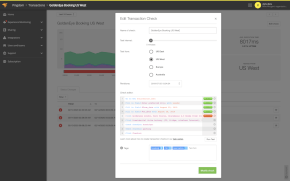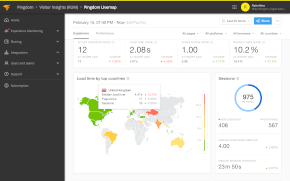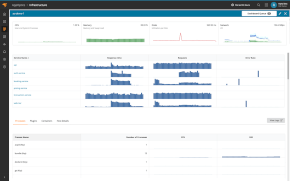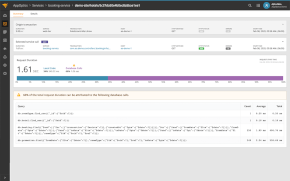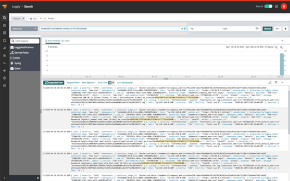 The first hacker attack ever to cause physical harm to its victims may have taken place this year. It happened over the Easter weekend, but barely got mentioned around the web, which is surprising. Maybe it happened too close to April Fool’s Day for journalists to believe it was for real.
The first hacker attack ever to cause physical harm to its victims may have taken place this year. It happened over the Easter weekend, but barely got mentioned around the web, which is surprising. Maybe it happened too close to April Fool’s Day for journalists to believe it was for real.
Here’s what happened:
Hackers planted flashing animations that triggered headaches, seizures and lockups for visitors to an online support forum for epileptics. The attackers posted hundreds of flashing gif images, and also injected Javascript into some posts that redirected the visitor’s browser to a page specifically designed to trigger seizures in epileptics.
Similar things have happened before, but unintentionally. Maybe some remember the incident in Japan back in 1997, when an animated Pokemon cartoon caused seizures in epileptic kids watching the show on TV. Since then, animated movies and video games often have disclaimers that they may contain flashing images and content that can cause seizures.
Fortunately not all epileptics suffer from this problem. Only 3-5 percent of epileptics are photo sensitive, meaning they can experience seizures from flashing images or certain patterns. However, with approximately 3 million epileptics in the US, that is still up to 150,000 people in the US alone.
You can read more over at Wired, which seems to be one of the few that covered the forum incident, and also the resulting press release from the nonprofit Epilepsy Foundation, which hosts the attacked forum.
